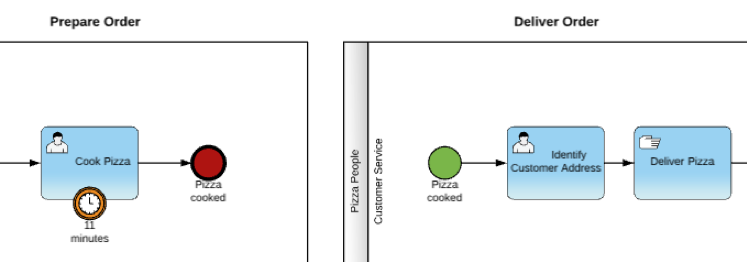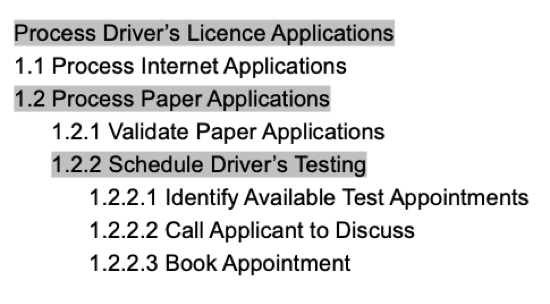by Business Analysis (BAPL)
How Much to Model
Analysts and SMEs can spend significant amounts of time and effort to model processes correctly. Therefore, each and every process does not need to be mapped out for value to be derived. Only those processes which are impacted by the current project, or that relate to core processes should be captured first. Businesses can then apply their continuous improvement focus to determine the value of modelling more of the business.
Additionally, businesses should be able to reuse any existing processes instead of creating them from scratch every time. (In that respect it is important to note that every organisation should have a process repository). The level of detail should also be dictated by the project. A work instruction can be used to elaborate a task. We should also make sure that the processes are aligned to a framework to identify the most valuable processes and ensure there is some sense and structure to what is being modelled to the project level
Alignment & Levels
Business processes should be mapped as mutually exclusive but complete End to End processes. We must make sure that there are no gaps within the End to End processes or duplication of activities within the lower level processes. The events connecting two processes should be exactly the same in order to maintain continuity. Refer to diagram 1.2.

Diagram 1.2
Complexity
A good business process model should be logical and easy to read. The meaning of a complex business process model can be often lost in translation, so simplicity and readability over technical accuracy is a good guide in many situations. Additionally, longer process models which do not fit on one A4 sheet of paper, can be too long for certain audience.
To counter this, depending on the BPMN maturity of the organisation simpler notation can be used. (e.g. Message sending / receiving activities instead of catch and throw events, avoiding complex notation such as event based gateways). Longer process models can be broken into subprocesses and elaborated as separate smaller process models. Refer to diagram 1.3

Diagram 1.3
Validation & Distribution
Process models should be validated before they are published. SMEs must understand the context and the meaning on the process models, as well as taking ownership for the correctness of the process. Process models can be published using a web interface (read only access) to everyone within the organisation. Businesses that enable employees to see the end to end processes for the delivery of products or services enable an environment of understanding (of upstream and downstream needs) and foster continuous improvement enabling processes to become more targeted, efficient, and effective over time. Remember continuous improvement is just that, continuous. It is not an end state, more of a mindset supported by improved insight into the business operations.
Sources: APQC
